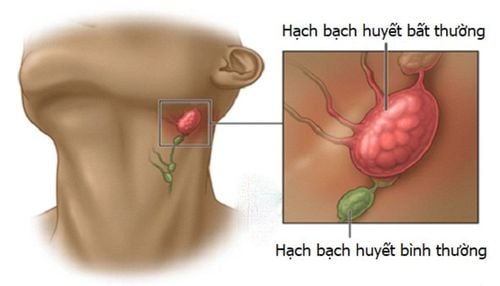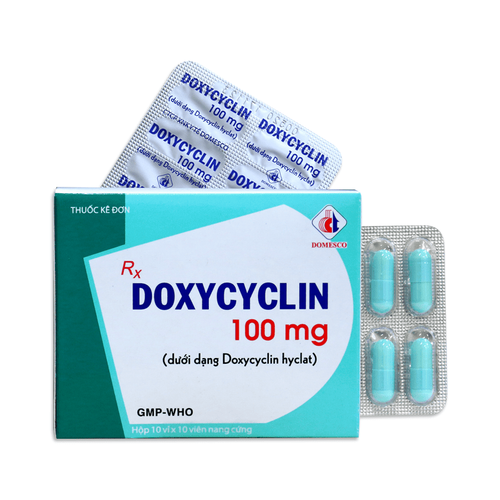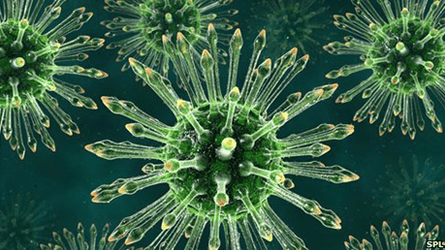The color of nasal discharge when you have a runny nose may indicate various health issues. Specifically, if you blow your nose and the discharge is yellow and you feel pain, this is a sign that your respiratory system is functioning abnormally. More specifically, what does yellow nasal discharge indicate about your health, and is it serious?
1. The importance of mucus in the body
The body produces about 1.5 liters of mucus daily, with only a small amount present in the sinuses and nasal cavity, while the majority is swallowed and broken down in the stomach. The body produces such a large amount of mucus because this secretion plays a significant role in the health of the respiratory system and the immune system.
The mucus functions to prevent the invasion and attack of harmful agents from outside into the lungs, causing health issues. The components of mucus include antibodies, salts, proteins, and water, which are sticky, thus acting as a "trap" to prevent bacteria, viruses, dust, and allergens from the environment.
Additionally, the cilia in your nose play a crucial role in expelling attacking agents trapped by mucus through sneezing or a runny nose. Similarly, coughing is a natural reaction that helps expel mucus if it drips from the nose into the throat.
Another function of mucus is to humidify the air inhaled from outside and keep the nasal sinuses warmer in excessively dry or cold air, which can negatively impact the respiratory system.
2. Yellow nasal discharge - a reminder from the immune system
Most cases of yellow nasal discharge are related to the body's response to infection or viral infections in conditions such as allergic rhinitis, colds, and flu. According to doctors, when pathogens enter the body through the nose, they are trapped by mucus. The immune system is then alerted to send white blood cells to the mucus area containing the pathogens to block and destroy them.
The color change of mucus from clear to yellow is due to the presence of many colored enzymes within the white blood cells. Therefore, after destroying the pathogens, the white blood cells mix with the remaining debris and are expelled from the body through the nose, resulting in yellow nasal discharge.
The immune system's antibacterial responses typically span an average of 10 to 14 days. During this time, if your nasal discharge is yellow and slightly runny, it simply indicates that your body is reacting to harmful agents.

3. Thick yellow nasal discharge and health risks to watch out for
Yellow nasal discharge can be a normal sign that your body is fighting off harmful pathogens from the environment. However, if you notice thick yellow nasal discharge, it indicates a more serious health condition.
This phenomenon occurs when the body is attacked by a large number of pathogens, triggering a strong immune response. The immune system sends a "massive army" of white blood cells to the infected area to combat the pathogens. The color of these white blood cells makes the nasal discharge thicker, darker yellow, and in some cases, it may progress to green, indicating a more severe infection.
4. When should you see a doctor for yellow nasal discharge?
If your nasal discharge is yellow and runny, your body is not facing serious health risks. During this time, the immune system can effectively combat the pathogens within a certain period, depending on the illness:
For colds, the illness usually lasts about 7 to 10 days. For flu caused by viruses, patients recover after about 5 to 7 days.
For bacterial infections, the body needs more time to fight back, so the illness lasts about 7 to 10 days, sometimes longer.
However, if thick yellow nasal discharge is accompanied by the following symptoms, you should see a doctor for a thorough health check:
Prolonged fever lasting 3-4 days without improvement, or multiple episodes of fever. Severe headache, pain concentrated behind or around the eyes, intensified when bending down, accompanied by neck pain. Eyes are very sensitive to light and mood swings, often irritable for no reason. Continuous nausea and vomiting. These symptoms indicate that your infection may have spread to the ear and, more seriously, to the brain.
5. How to manage yellow nasal discharge at home
You can manage yellow nasal discharge more quickly than the average illness duration with the following solutions:
Establish a structured and adequate rest schedule to allow the body to relax and support immune cell recovery. Drink more water than usual, and you can also supplement with electrolytes. Regularly rinse your nose with saline solution to help eliminate pathogens and thin the mucus. Over-the-counter medications such as antihistamines, cold medicines, pain relievers, and nasal sprays can be helpful. Avoid exposure to harmful agents that strongly affect the respiratory system, such as cigarette smoke, toxic substances, and dust. In general, yellow nasal discharge is a common phenomenon when the body is being attacked by harmful agents and is fighting back. However, if the nasal discharge becomes thicker and is accompanied by prolonged fever and pain, see a doctor for appropriate treatment. Don't forget to regularly visit the Vinmec.com website for more useful information.













